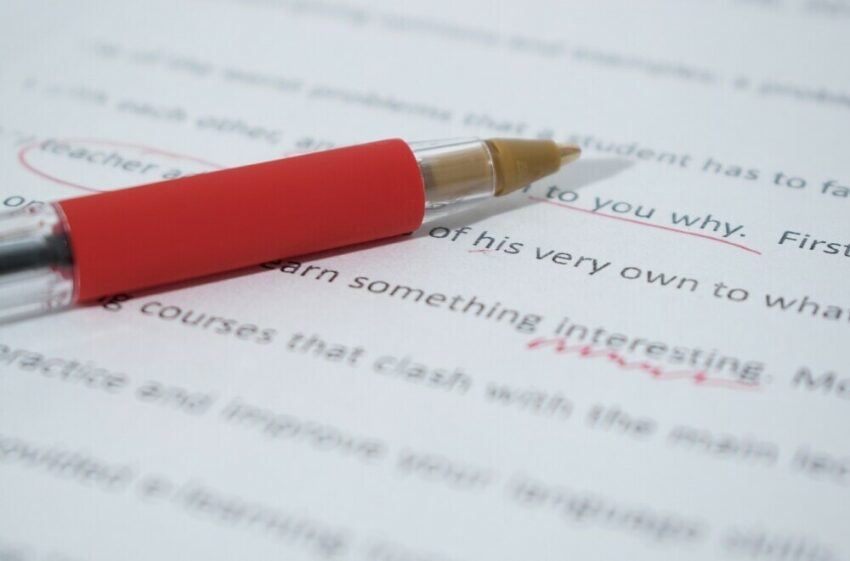Hello! Cold day in Florida. It might be a good day to contract.
Contractions in the Simple Present tense with the verb “be” involve shortening the verb “be” with its subject pronouns to form a more colloquial and casual way of speaking or writing. Here are the contractions for the verb “be” in the Simple Present tense:
- I am: Contracted as “I’m”
- You are: Contracted as “You’re”
- He is: Contracted as “He’s”
- She is: Contracted as “She’s”
- It is: Contracted as “It’s”
- We are: Contracted as “We’re”
- They are: Contracted as “They’re”

These contractions combine the subject pronoun and the verb “be” with an apostrophe to form shorter, more conversational forms.
They are commonly used in everyday speech and informal writing. For instance, “I am” becomes “I’m,” “She is” becomes “She’s,” and so on. So, what are we really looking at in terms of difficulty?
Are Contractions difficult?
Learning contractions with the verb “be” in the Simple Present tense might present some challenges due to a few reasons:
- Sound Similarity: Some contractions, like “they’re” (they are) and “there” (a location), sound similar but have different meanings. Confusing these can occur, especially for English learners who are still refining their listening skills.
- Informality vs. Formality: Contractions are more informal and commonly used in spoken language or informal writing. Understanding when and where to use contractions in formal versus informal contexts might pose a challenge.
- Variations in Pronunciation: Contractions often involve blending sounds together, which can sometimes make it harder for learners to distinguish and pronounce them clearly, especially if the contraction’s pronunciation differs from its constituent words.
- Ambiguity in Writing: In written form, contractions might cause confusion, particularly when learning to read and interpret them. For instance, “it’s” could be perceived as “it is” or “it has” without context.
- Overgeneralization: Learners might tend to apply contractions universally across all subjects and forms of “be,” which could result in errors or incorrect usage in specific contexts.

To overcome these difficulties, practice with listening exercises, contextual reading, and targeted drills focusing on the usage and pronunciation of contractions with “be” can be beneficial. In my experience as a teacher, contractions have needed HARD work. You might need hard work, too, but it’s absolutely doable.
Gradually introducing contractions within context-rich examples helps learners become familiar with their appropriate usage. It also aids in distinguishing between similar-sounding contractions and words with distinct meanings.
How Can I Learn Contractions better?
Learning contractions, especially with the verb “be” in the Simple Present tense, can be made easier through various approaches:
- Listening and Repetition: Listen to spoken English, such as podcasts, conversations, or audio recordings, paying close attention to how native speakers use contractions. Practice repeating these sentences to become familiar with the natural rhythm and pronunciation of contractions.
- Contextual Reading: Read books, articles, or dialogues where contractions are used. Context-rich material helps in understanding the context in which contractions are employed, making their usage more comprehensible.
- Grammar Exercises: Engage in grammar exercises specifically targeting contractions with “be.” Practice forming contractions from their full forms and vice versa. Interactive exercises or worksheets can help reinforce learning.
- Use Language Learning Apps: Many language learning apps offer exercises and drills focusing on contractions. These apps often provide interactive activities, quizzes, and games that make learning contractions engaging and effective.
- Create Flashcards: Create flashcards with the full form on one side and the contraction on the other. Test yourself regularly to reinforce your memory and understanding of contractions.
- Conversational Practice: Engage in conversations with native speakers or language partners. Actively use contractions while speaking and pay attention to how others use them in their speech.
- Contextual Learning: Learn contractions in context by understanding when and where they’re used. For example, contractions are more common in informal speech and writing, while formal documents may prefer the full form.
- Visual Aids and Mnemonics: Use visual aids, charts, or mnemonics to remember the contractions. Associating visuals or memorable phrases with contractions can aid in recall.
- Progressive Learning: Start with simpler contractions and gradually move to more complex ones. Begin with “I’m,” “you’re,” and “he’s/she’s/it’s,” then progress to “we’re” and “they’re.”
- Consistent Practice: Regularly practice forming and using contractions. Consistency in practice helps reinforce learning and improves retention.
By incorporating a combination of these methods, learners can develop a strong understanding of contractions, including those with the verb “be” in the Simple Present tense, making their usage more natural and fluent over time.
HOMEWORK
Here’s a progressive set of exercises to practice contractions with the verb “be” in the Simple Present tense, starting from basic to more advanced levels.

